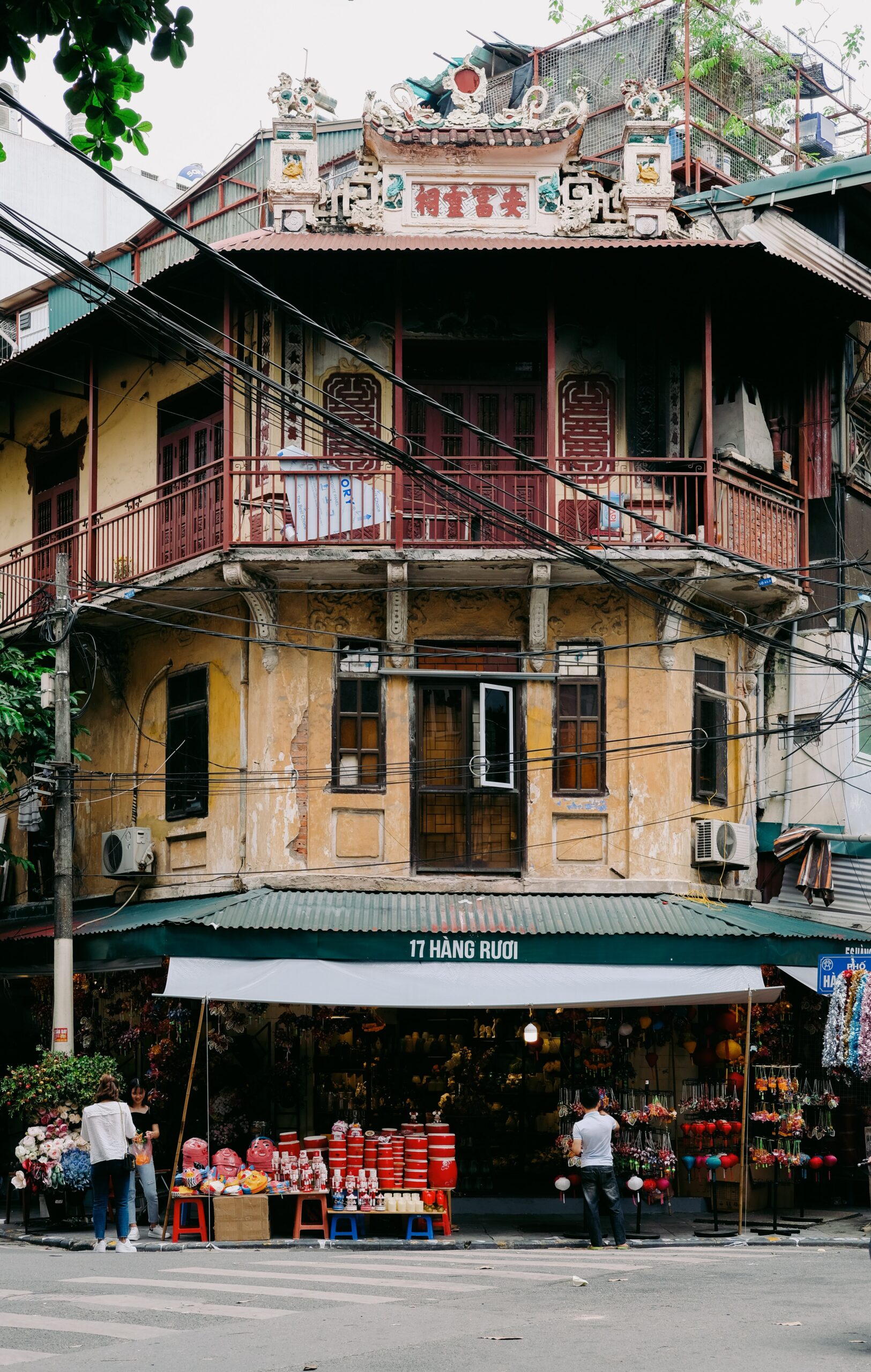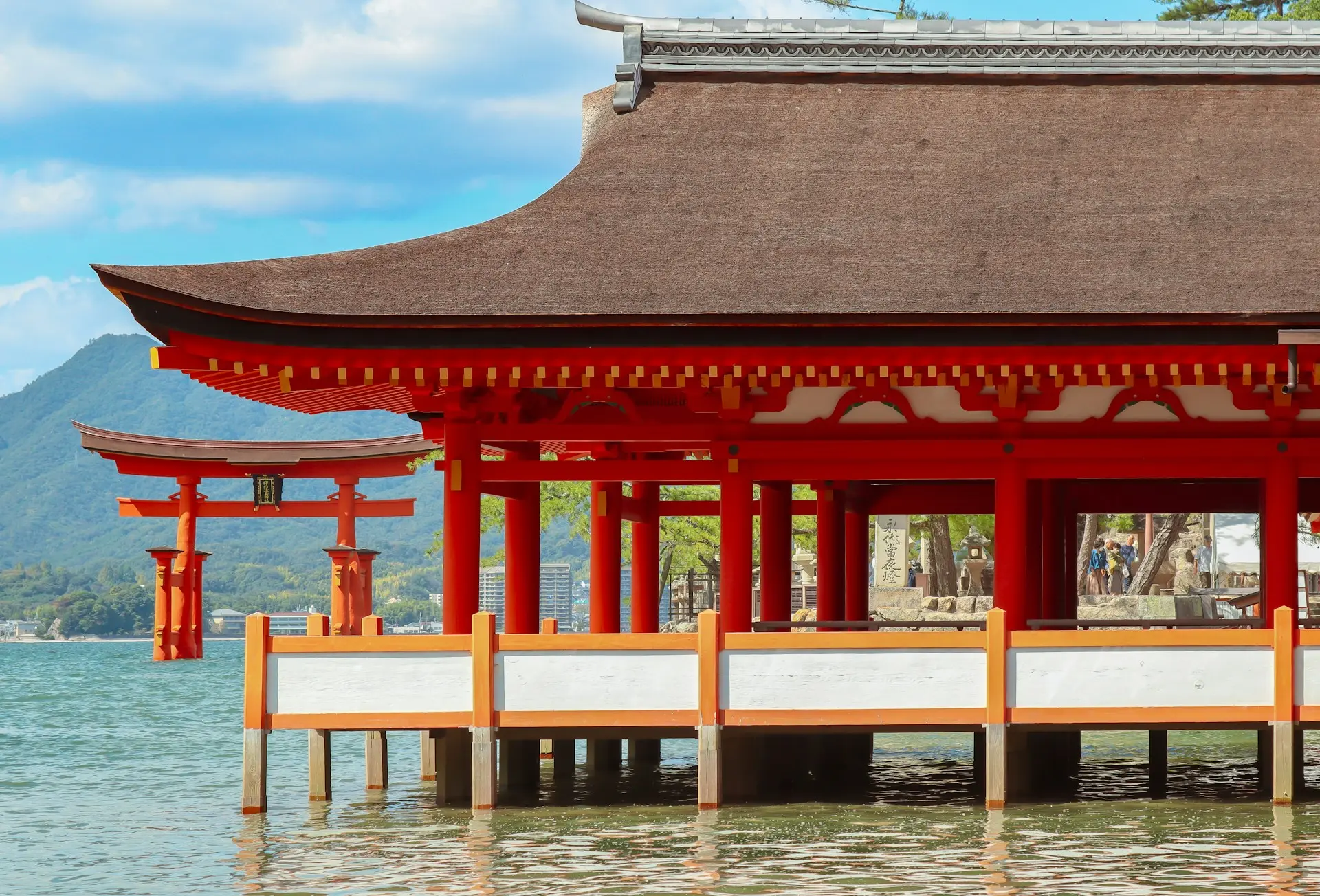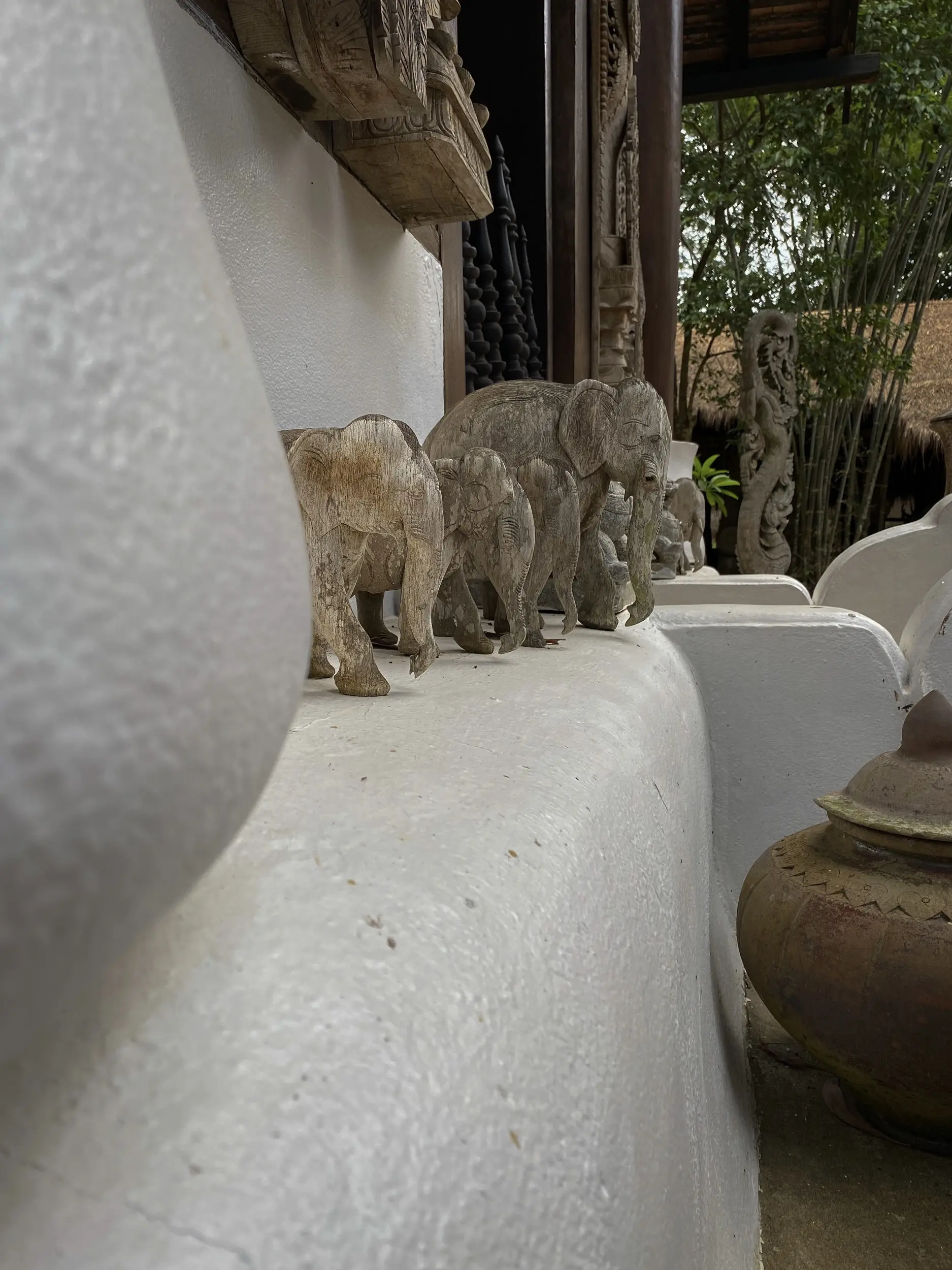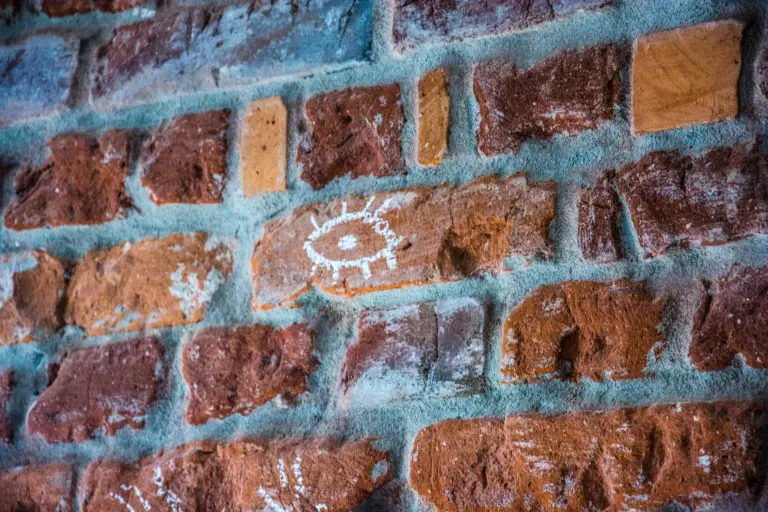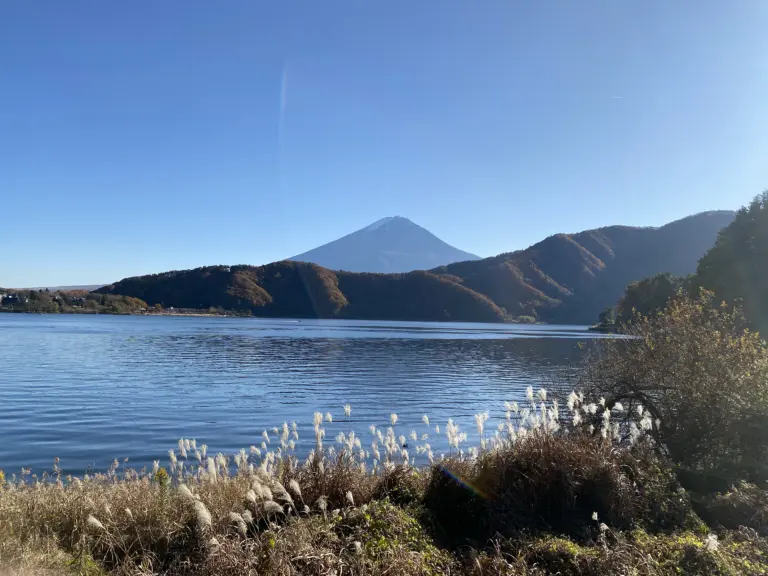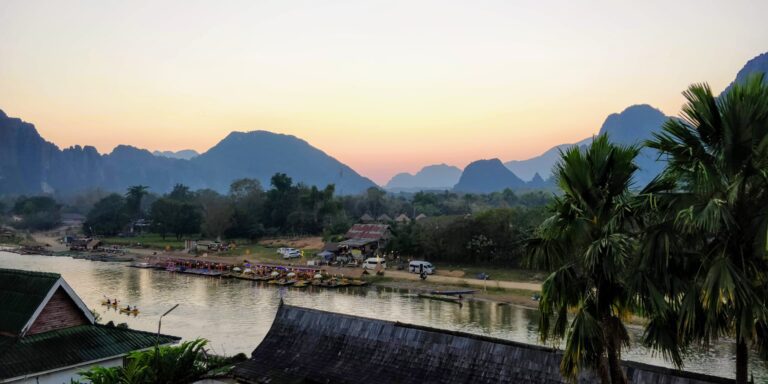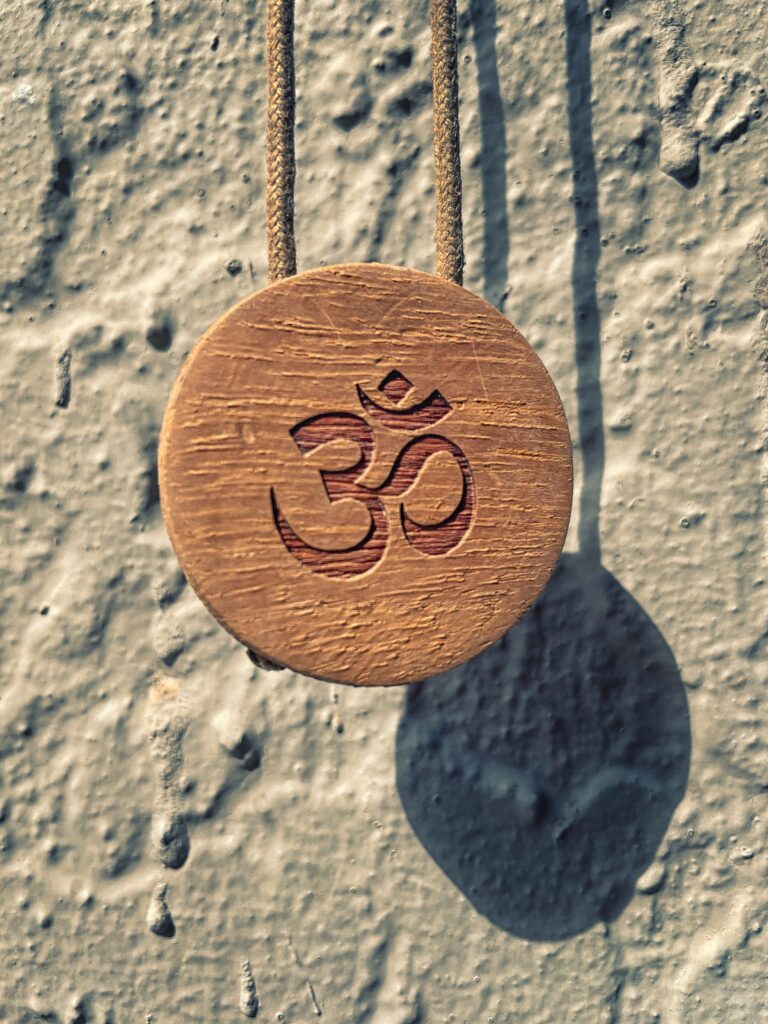Polonnaruwa.
This ancient city, now a UNESCO World Heritage site, once flourished as the country’s thriving capital from the 11th to the 13th centuries before it switched to Colombo. Its well-preserved ruins, echoing tales of a bygone era, lay amidst the verdant beauty of the surrounding landscape, inviting you to uncover its secrets.
It’s a cornerstone of Sri Lanka‘s Cultural Triangle, linking it with other historical jewels like Anuradhapura and Sigiriya!
And what better way to explore this magnificent city than on two wheels? Cycling through Polonnaruwa is one of the best ways to experience the majestic stupas, intricate carvings, and monumental statues that have stood the test of time.
In this guide, find everything you need to know from where to rent bikes, what to see, and how to make the best use of your time to fully appreciate all that Polonnaruwa has to offer.
Table of Contents
ToggleHistory of Polonnaruwa
After the decline of Anuradhapura, Polonnaruwa rose to prominence in the 11th century, becoming the second ancient capital of Sri Lanka.
This era was initiated by the conquests of King Vijayabahu I, who defeated the Chola invaders from South India in 1070, reclaiming the land for the Sinhalese and establishing Polonnaruwa as the new center of power.
Polonnaruwa’s golden age came under the reign of King Parakramabahu I (1153–1186), whose ambitious irrigation projects and patronage of the arts and religion transformed the city into a vibrant metropolis and a hub of Hinduism and Buddhism (specifically Theravada Buddhism).
However, Polonnaruwa’s prominence was not to last. The city faced invasions in the 13th century, and the seat of power shifted to western and other regions of Sri Lanka over time, leading to its gradual abandonment.
The jungle reclaimed the once-thriving capital, leaving behind the ruins that mesmerize visitors today.

Where to Rent Bikes in Polonnaruwa
It’s very easy to find bicycles in Polonnaruwa. You can head to Pramod Cycle Depot to rent a bicycle for around 1,000 – 2,000 LKR, you can negotiate the price beforehand. The prices have been fluctuating a lot due to the economic crisis since 2019.
Otherwise, there are plenty of other areas where you can rent bikes near the entrance and the museum.
I can’t say the bikes are exactly the best quality all things considered, but they can do the job and it’s still more convenient than walking. Since Polonnaruwa’s topography is mostly flat, it’ll be a breeze to cruise around the ancient city.
The Polonnaruwa Cycling Course
This cycling course is designed to bring you to the must-see sights around Polonnaruwa as well as some hidden gems that you shouldn’t miss out on. It starts at the entrance where you’ll buy your ticket for around 30 USD and drop by the museum so you can learn more about the site.
From there it is mostly a straightforward route going all the way up to Thivanka Image House which a lot of people don’t visit even though it’s part of your ticket! After that you’ll backtrack and end at Gal Vihara, saving the best for last. Alternatively, you can also join a guided cycling tour with a guide if that’s your cup of tea.
This is exactly the route I did and it takes around 2 to 3 hours or so depending on your speed and how long you spend appreciating each site. In the afternoon, I then went to Huluru Eco-park in Habarana to see some more elephants after I had such a fun time over at Minneriya National Park.
1. Archaeological Museum Complex
Starting your cycling adventure at the Archaeological Museum Complex in Polonnaruwa is the perfect way to set the context for your exploration.
This museum, situated near the Royal Palace grounds, serves as an insightful gateway to the ancient city’s rich history and cultural heritage.
Before pedaling through the ruins, take some time to wander the museum’s exhibits, which house an impressive collection of artifacts, including intricate sculptures, Hindu deities, and remnants of the city’s glorious past.
Equipped with this background knowledge, you’ll find your cycling journey through the ancient city much more meaningful.

2. Royal Palace of King Maha Parakramabahu
The next stop on your cycling route takes you to the Royal Palace of King Parakramabahu, one of Polonnaruwa’s most formidable ruins, symbolizing the zenith of the city’s architectural prowess.
Built in the 12th century under the reign of King Parakramabahu the Great, this once-majestic palace was said to have stood seven stories high, with walls reportedly thick enough to withstand any invasion.
The palace complex, known as Vijayanta Prasada, contained over a thousand rooms, showcasing the elaborate lifestyle and the sophisticated administrative system of the time. Though much of the palace now lies in ruins, the imposing walls and the remnants of its foundation provide a vivid picture of its scale and the engineering marvel it once was.
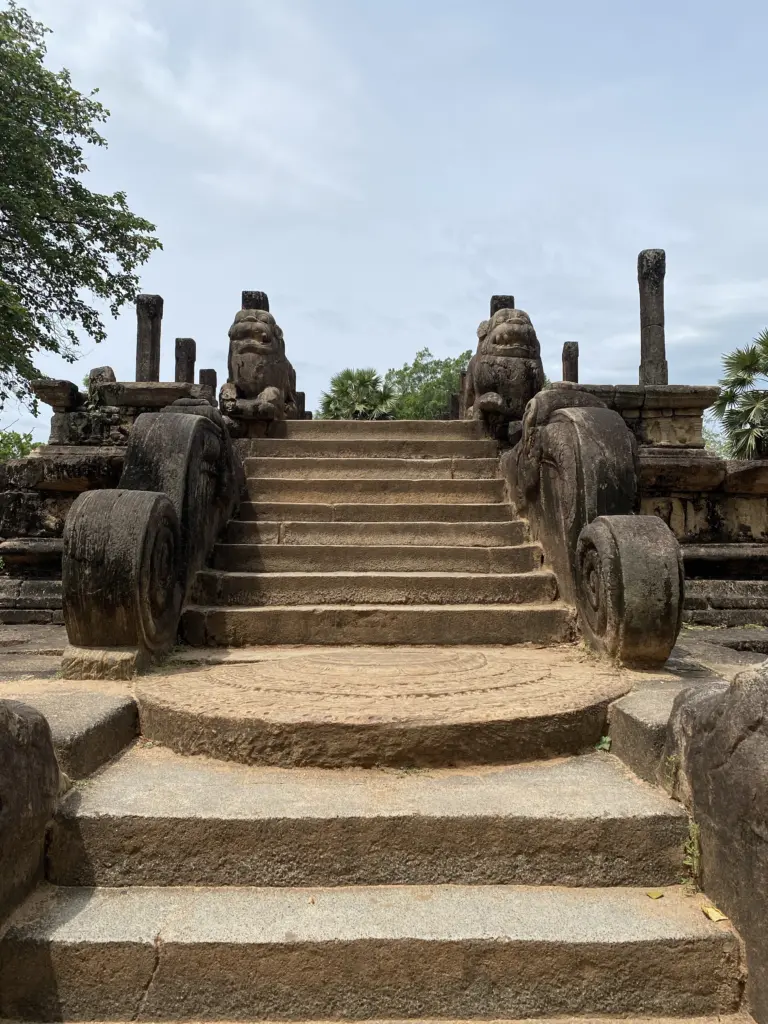
3. Palace of King Nishshanka Malla
To the east of King Maha Parakramabahu’s Palace is the Palace of King Nissanka Malla, another pivotal site that echoes the splendor of Sri Lanka’s medieval period.
King Nissanka Malla, who reigned from 1187 to 1196, is known for his contribution to the development of Polonnaruwa, yet unlike the grandeur of King Parakramabahu’s palace, the remains of King Nissanka Malla’s palace are more modest.
You’ll notice the carefully inscribed stone slabs and columns that bear witness to King Nissanka Malla’s rule.

4. Dalada Maluva
The journey takes a spiritual turn at the Vatadage, a captivating circular relic house. This structure was designed to house the sacred Tooth Relic of the Buddha!
The circular design is not just architectural; it symbolizes the endless cycle of birth and rebirth, a core belief in Buddhism.
Adjacent to the Vatadage, you’ll find the Hetadage, another important structure built for the same sacred purpose of housing the Tooth Relic. Although slightly less preserved, the Hetadage shares a similar spiritual aura.
Dalada Maluva, the sacred area that encompasses these relic houses, along with several other significant religious monuments, serves as the spiritual core of Polonnaruwa. Here, amidst the ancient trees and the whispers of the past, you can sense the deep devotion of a civilization that thrived centuries ago.
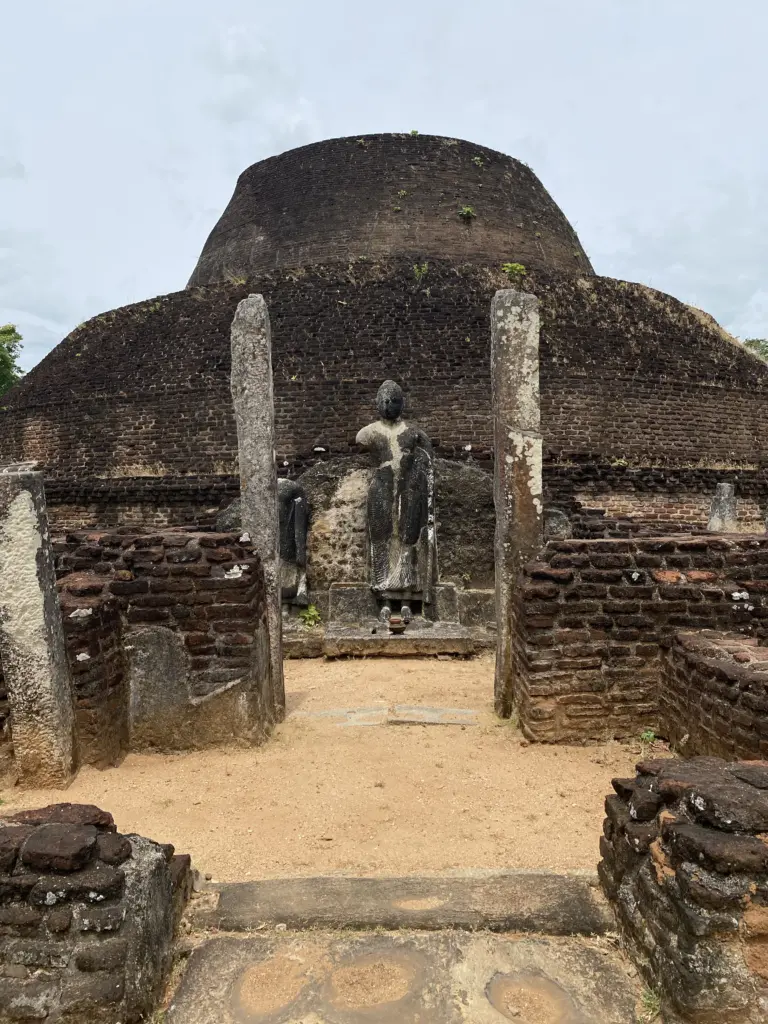
5. Pabalu Vehera
Your next stop is Pabalu Vehera, one of Polonnaruwa’s intriguing and somewhat mysterious Buddhist stupas. Its name, meaning “bead stupa,” is believed to derive from the discovery of a significant number of small glass beads during excavations.
The origins and the patron of Pabalu Vehera are not definitively known, but it’s widely attributed to King Parakramabahu I or Queen Subhadra.
The stupa is surrounded by smaller structures and ruins, including an image house and a bodhi tree shrine, which together create a complex that speaks volumes of the religious devotion and architectural skill of its creators.

6. Menik Vehera
As your cycling journey continues, you’ll come across Menik Vehera, a lesser-known but equally captivating ancient stupa.
Tucked away in a quieter part of the ancient city, Menik Vehera translates to “Gem Stupa.”
Believed to have been built during the reign of King Parakramabahu I, Menik Vehera is characterized by its simple yet elegant structure. The stupa’s name is thought to derive from its association with precious stones or perhaps the reflective quality of its whitewashed surface in the sun, resembling a gem.
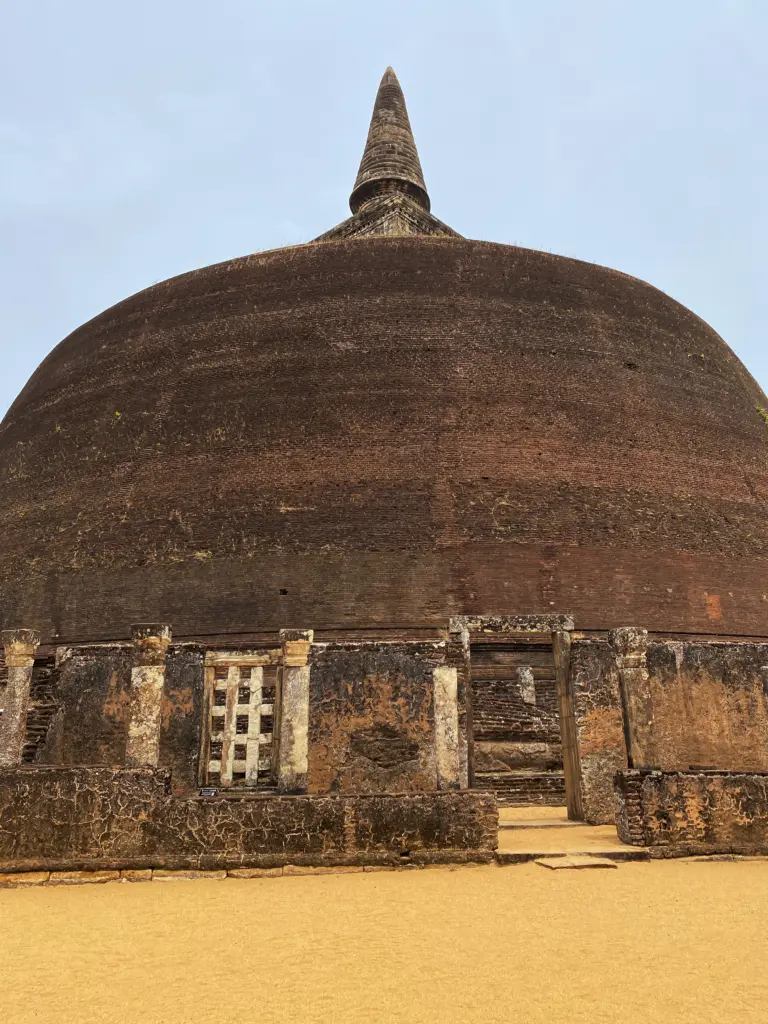
7. Rankoth Vehera
Rankoth Vehera is bound to be one of the highlights of your cycling trip. This majestic stupa is the largest in Polonnaruwa and the fourth largest on the island!
Constructed by King Nissanka Malla in the 12th century, its name, “Rankoth” (Golden Pinnacle), hints at the grandeur that once crowned this monumental structure, serving as a focal point for devotion and pilgrimage.
As you approach Rankoth Vehera on your bike, the sheer scale of the stupa becomes apparent, dominating the surrounding ruins with its massive dome, which once held a gilded pinnacle reflecting the sun’s rays.
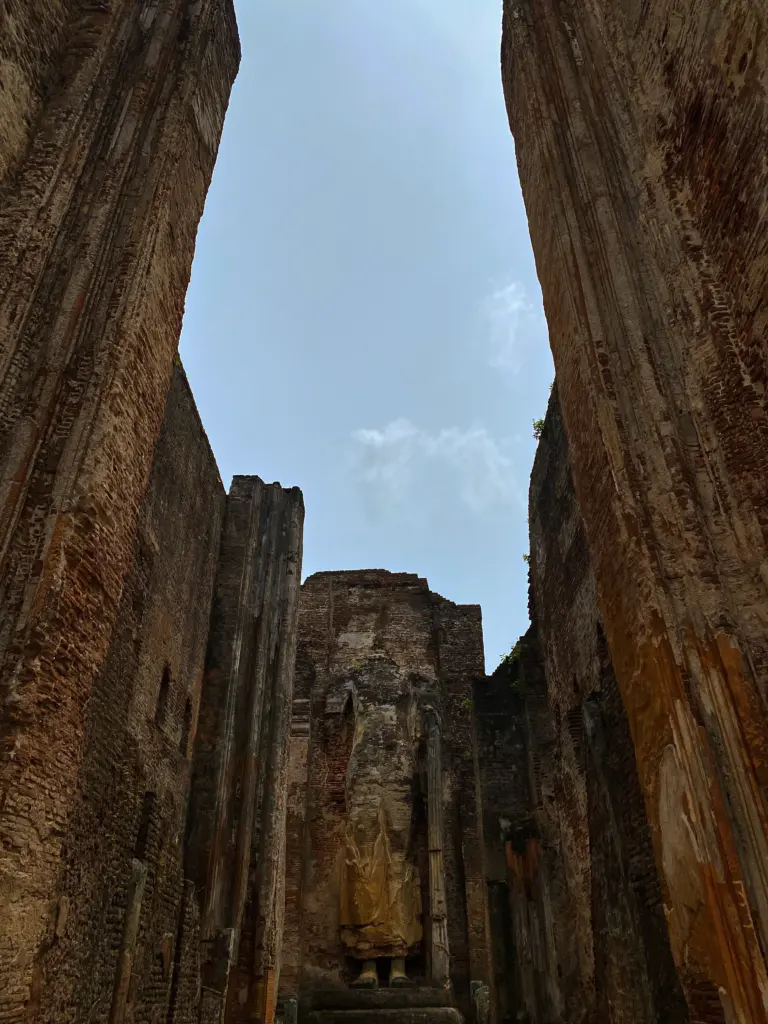
8. Lankatilaka Temple
Another huge highlight is the Lankatilaka Temple, nestled within the Alahana Pirivena monastery complex. This temple, constructed during the reign of King Parakramabahu I, is renowned for its impressive scale and exquisite detail.
Lankatilaka Temple is distinguished by its colossal Buddha image housed within a towering structure, whose walls rise dramatically to create a narrow passage leading to the serene face of the Buddha.
The temple’s unique design, with its high, vaulted arches and the absence of a roof, allows the sky to form a natural canopy over the sacred space, connecting the earthly with the divine.
Near Lankatilaka Temple is the Kiri Vehera, a beautifully preserved stupa that is believed to have been built by a queen of King Parakramabahu I. Its milky white dome, from which it gets its name (“Kiri” meaning milk), stands in serene contrast to the red bricks and lush greenery that surround it.
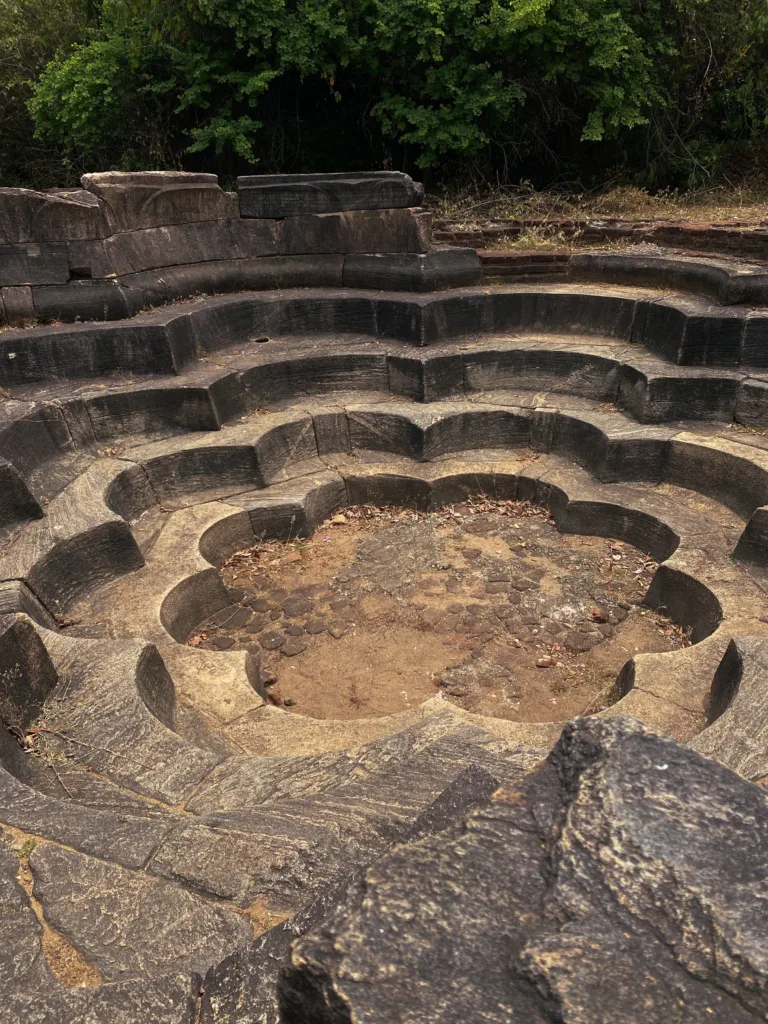
9. Lotus Pond
A bit off the beaten path but totally worth it is the aesthetic Lotus Pond, known locally as “Nelum Pokuna.”
This pond has a very unique shape that’s based on a lotus flower. The symmetrical petals forming an almost hypnotic-like pattern. It’s a work of art and worth going to and just a bit pass that is another hidden gem – the Thivanka Image House.
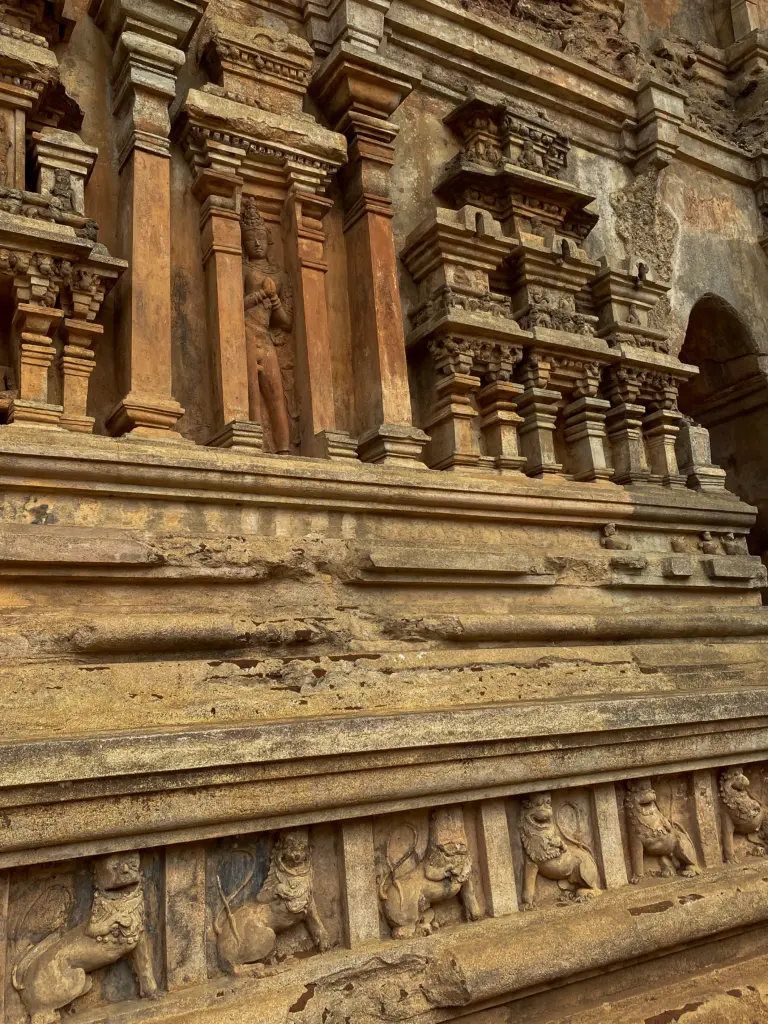
10. Thivanka Image House
The name “Thivanka” refers to the three bends in the Buddha images housed within, symbolizing a unique artistic tradition that flourished during Polonnaruwa’s golden age.
Built during the reign of King Parakramabahu I, this image house is celebrated for its intricate frescoes and the colossal, standing Buddha statue that exhibits the characteristic three bends (thivanka) in its posture. Though note that photography is not allowed inside the main temple though it’s the exterior that takes the prize for me.
The interior walls, though weathered by time, still bear the vibrant frescoes depicting scenes from the Jataka tales—stories of the Buddha’s previous lives. These paintings are among the finest examples of ancient Sri Lankan art.
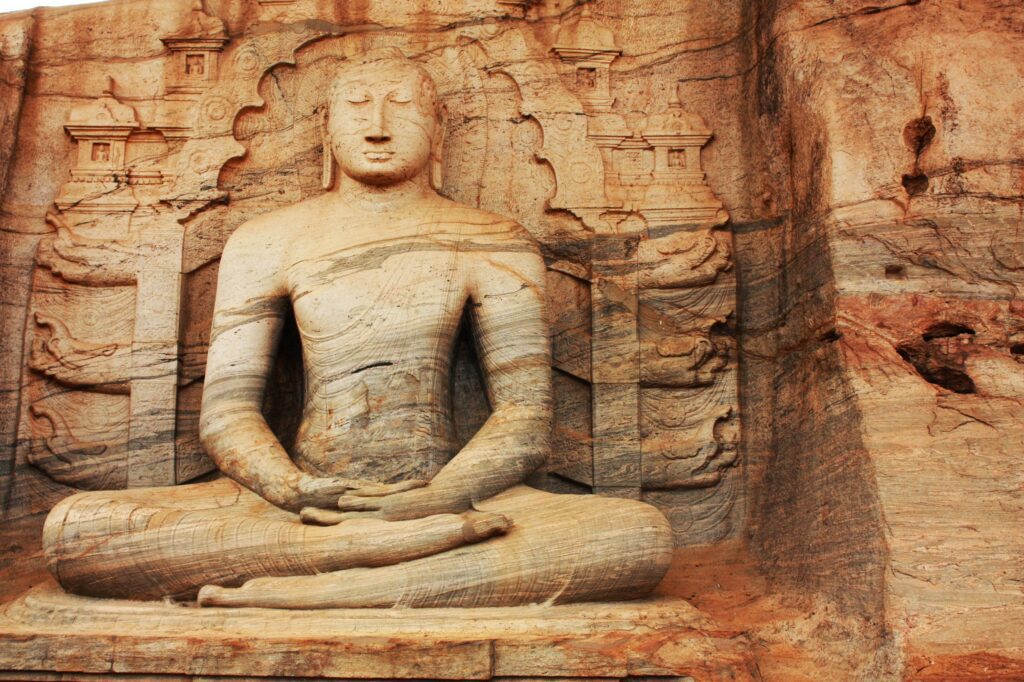
11. Gal Vihara
The culmination of your cycling tour is ended by a visit to Gal Vihara, a rock temple renowned for its monumental Buddha statues carved directly into granite.
This iconic site, created in the 12th century under the auspices of King Parakramabahu I, represents the pinnacle of Sri Lankan rock carving artistry and a deep devotion to Buddhist practice.
Gal Vihara comprises four colossal figures, each capturing a different aspect of the Buddha’s life and teachings.
The standing Buddha, with its serene expression and perfect proportions, conveys the Buddha’s compassion and steadfastness.
Adjacent to it, the reclining Buddha, depicting the moment of the Buddha’s entry into Nirvana, stretches impressively long, its facial features radiating peace and detachment from the worldly.
Another standing Buddha and a seated figure in deep meditation complete the ensemble, together offering a comprehensive representation of the spiritual journey.
Where to Stay in Polonnaruwa
If you’re looking to stay in Polonnaruwa, well you’re in luck as the area has some of the best lakeside views and the cultural sites are just a stone’s throw away. Though Habarana, Dambulla, and Sigiriya are some of the other viable choices to make a home base while traveling around Sri Lanka’s Cultural Triangle.
Here are the best hotels to stay in Polonnaruwa:
- Lake Cabin – stands merely a stone’s throw away from notable attractions. It boasts amenities such as a balcony, complimentary private parking, and WiFi, ensuring a comfortable stay for its guests. The guest house is well-equipped to provide round-the-clock front desk support and room service, enhancing the convenience for visitors. Additionally, you are provided with essential items like bed linen and towels, alongside daily room service.
- Tishan Holiday Resort – offers guests a luxurious experience with its year-round outdoor pool and sun terrace, complemented by the convenience of an on-site restaurant. You’ll have access to free WiFi throughout the hotel. The resort’s accommodations are designed for comfort, featuring air-conditioned rooms with flat-screen TVs, and private bathrooms stocked with complimentary toiletries and towels.
- Ekho Lake House – adorned with elegantly designed rooms equipped with free wi-fi. You’ll have the luxury of unwinding in the hot tub, a perfect antidote to a day’s exploration. The air-conditioned accommodations boast a private terrace, TV, and mini-bar, alongside private bathrooms. The Lake House goes the extra mile in hospitality, offering to organize barbecue sessions, packed lunches, and providing currency exchange, luggage storage, and complimentary parking. Dining is an experience here, with the in-house restaurant serving meals against the backdrop of breathtaking lake views.

Best Time to Visit Polonnaruwa
The best time to visit Polonnaruwa is during the dry season, from January to April, when the weather is most favorable for outdoor activities like cycling. During these months, temperatures are comfortably warm, ranging from 25°C to 32°C (77°F to 90°F), making it ideal for exploring the ancient ruins and landscapes.
This period sees minimal rainfall, providing clear skies and pleasant conditions for sightseeing. The reduced humidity levels also contribute to a more comfortable experience as you cycle through the historical sites. Morning and late afternoon are particularly delightful times for cycling, as the temperature is cooler and the soft light accentuates the beauty of Polonnaruwa’s ruins.
How to Get to Polonnaruwa
Going to Polonnaruwa is an adventurous way to travel that allows you to immerse in the scenic beauty of Sri Lanka. You might even spot some elephants along the way just as we did!
Here’s how to get to Polonnaruwa:
- Tuktuk: The cost of a tuk-tuk ride to Polonnaruwa can vary widely depending on your starting point. If you’re coming from nearby cities such as Dambulla or Sigiriya, you can expect to pay approximately 2,000 LKR to 3,500 LKR and it takes around 1 hour or so to get there.
- Tour: Opting for a tour to Polonnaruwa is another convenient option, especially if you prefer having a structured itinerary and the insight of knowledgeable guides. Here is a tour to join that will take you to Polonnaruwa if you’re coming from Sigiriya or Dambulla.
Plan Your Trip to Sri Lanka | Best Travel Resources
Book Your Accommodations
- Booking.com – the world’s leading online booking platform for accomodations around the world, they have an extensive amount of available listings with zero booking fees and best price guarantees.
- Hostelworld – a backpacker’s best friend, Hostelworld has the largest collection of hostels and guesthouses for affordable prices.
Don’t Forget Insurance
- SafetyWing – from Nomad Insurance, an insurance by nomads for nomads. They understand our lifestyle well and have really comprehensive and flexible plans that cater to any traveler.
Find Cheap Flights
- Kiwi.com – my go-to for booking and finding the cheapest flights and it’s helped me save tons of money. They do virtual interlining which is connecting flights from airlines that do not codeshare, so you can find routes that you wouldn’t be able to find normally.
Join Tours & Activities
- GetYourGuide – is one of the best places to find unique tours and activities. I found that it’s an excellent way to meet fellow travelers and create fond memories. They are not only limited to tours as they also offer niche services such as skip-the-line tickets or private transfers.
Catch a Ride
- Rentalcars.com – nothing beats the freedom of the road, Rentalcars.com is the world’s largest online car rental service. They operate across 160 countries so they’re the perfect partner to work with if you find yourself wanting a ride.

